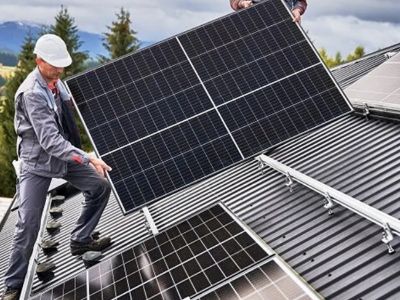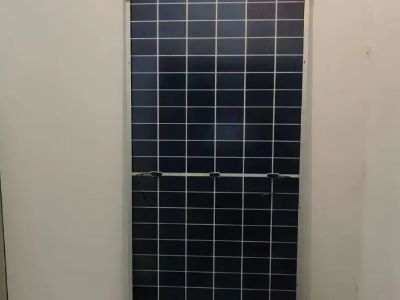Bifacial solar panels, have you heard of them? These special solar panels can capture sunlight from both sides, so they work better than regular solar panels. In this article, we’ll teach you about bifacial solar panels, the way they function, tips for positioning them, factors that influence their efficiency, the advantages of having them and examples of where they can be found. Let's get started!
How Bifacial Solar Panels Function
What makes bifacial solar panels unique is they have a transparent back that allows sunlight to filter through. This sunlight may reflect off the ground and strike the rear of the solar cells. That means these panels can generate power from both the front and the back. Bifacial solar panels can produce extra electricity by taking in sunlight from multiple directions, as compared to a regular solar panel. That makes them a favorite among people deploying solar energy.

How to Install Bifacial Solar Panels
When you install bifacial solar panels, you had better think about its other side. Make them work best by placing them in a location with sunlight from both the front and rear. Also, be sure the area around the panels is clear of obstructions that could cast a shadow on the panels. Properly installing them is also crucial to ensure that your bifacial solar panels for sale perform well.
Bifacial Solar Panel Performance is Influenced by Few Factors
A lot can influence how well bifacial solar panels perform. Flexibility in panel angle, the mounting system and shade in the area can cause the performance to swing. And there’s what’s underground where the panels are installed to consider, too. It can even help the panels produce more energy if it is very reflective of sunlight. By bearing those factors in mind when you install the panels, you can maximize the amount of energy your bifacial solar panels will produce.
Pros of Bifacial Solar Panels
One of the major advantages of bifacial solar panels is that they are more efficient. By taking in sunlight from both sides, they can generate more energy than regular solar panels. This means you can save even more money in the long run. And in addition to that, bifacial solar panels tend to be more durable and to have a longer life span than regular ones, which is why they are a good investment for solar energy projects.

Successful Bifacial Solar Panel Installations in the Real World
Bifacial solar panels can even be found all over the world. A prime example is in large solar farms in sunny areas like the Middle East. “These farms can just perform,” he said, “so they demonstrate very well how bifacial modules can make a whole bunch of clean electricity.” Bifacial solar panels have also been deployed in residential, business and public space with considerable success, demonstrating that the technology functions well in a range of environments.
In summary, vertical bifacial solar panels are a game-changer for the solar industry. Their unique design makes them capable of catching sunlight from both directions, so they are superior to traditional solar panels. Now that you know how to get the most out of your bifacial panels, and what affects their performance, it’s time to share your experience. With the above real-life cases in front of you, isn't it time to look at examples of how you too could be using bifacial solar panels and making productive use of our wonderful sun with VoltX Solar.

